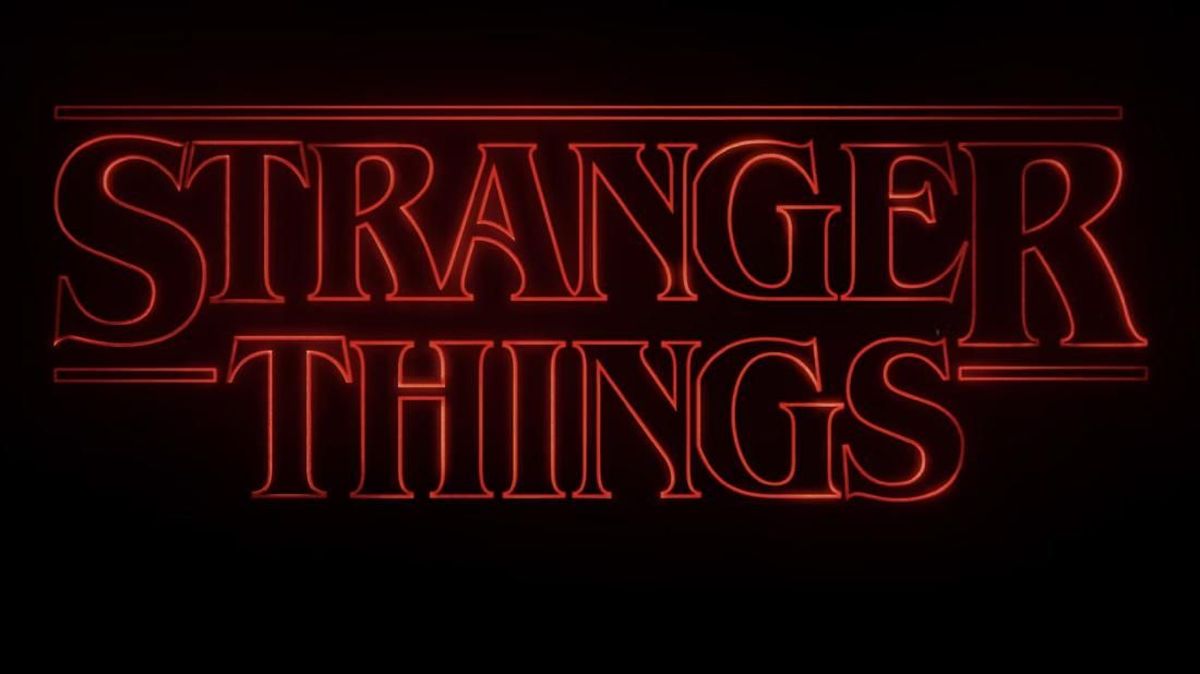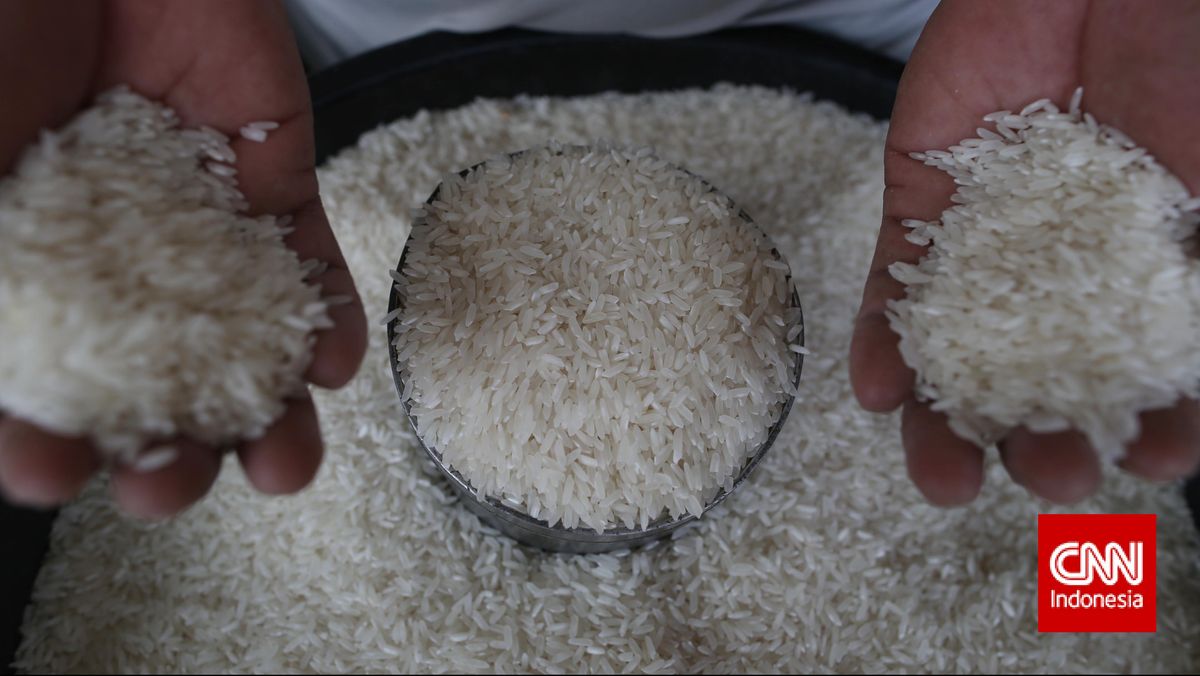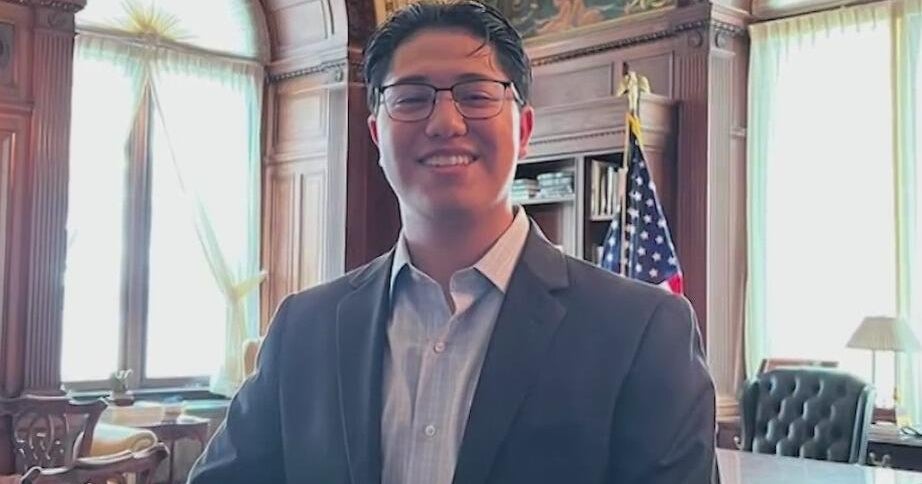He carries a paint bucket in one hand and in the other a paintbrush, tipped with white paint to appear like a torch lighting the way ahead. On top of his head is a red dunce hat like those used in Mao’s revolutionary China to humiliate the intelligentsia. It’s inscribed with the word ‘idiot’.
The Splotcher is the work of the distinguished landscape painter, Tim Storrier, a wandering fool created in the tradition of The Histrionic Wayfarer, for which the artist won the 2012 Archibald Prize.
Disillusioned with what he says is the muddling, politicised and esoteric direction of government funded contemporary art, Storrier has chosen Sculpture by the Sea, and the Bondi coast as the backdrop for his new sculptural work, becoming the first Archibald Prize winner to exhibit in the outdoor sculpture walk.

Tim Storrier with The Splotcher.Credit: Gary Grealy
“I’ve ceased looking at a lot of contemporary art because I’m fed up to the back teeth of the hectoring nature of their political messages,” Storrier said.
“They don’t know the difference between propaganda and fine art. If you are talking about gender and race issues, it’s certainly not subtle. They can keep their disgraceful political messages, and I’m not the only one who thinks so.”

Phone Zone by Graeme PattisonCredit: James Brickwood
Storrier’s sculptured fool is among 85 works the public will encounter along the two-kilometre outdoor sculpture walk from Bondi to Tamarama.
In its 29th year, Sculpture by the Sea was days off being cancelled because of a $200,000 funding shortfall, addressed only at the eleventh hour when NRMA came on board as a sponsor.

Soma by Drew McDonaldCredit: James Brickwood
Eight of nine works from participating Japanese artists have been stranded overseas, due to the impact of Typhoon Matmo which recently lashed China and Hong Kong. It’s not known when they might arrive, prompting a late rejig of installation positions this week.
Justin Morrissey has made a bronze sculpture of the ubiquitous shell backyard pool, intended to respond to “the absurdity of consumerism and our strong desire to control the natural world”.
NSW artist Graeme Pattison has reproduced an interactive red telephone box where the public can listen to messages. Queensland’s Andrew Cullen has created a giant goanna of recycled timber while Victoria’s Adnan Dogan spent thousands of hours welding Colossus, a crocodile with a steel grimace.
Loading
From Drew McDonald, the creator of Sharnana, last year’s people’s choice winner, comes SOMA, which draws on dadaism as dolphins leap out of a toaster. Brazil’s Geraldo Zamproni has created a giant-sized thread needle piecing a coastal rock ledge.
But Storrier is chief among the most knighted of the show’s participating artists. The National Art School graduate won the 1968 Sulman Prize at age 19 – the youngest artist ever to receive the prestigious award – and again in 1984.
In 2014, he was an Archibald Packing Room Prize winner for a portrait of his late friend Barry Humphries as sir Les Patterson. In 2017, Storrier took out the $100,000 Doug Moran National Portrait Prize with a portrait of artist Mclean Edwards.
The artist’s participation was very welcome, Sculpture by the Sea founder David Handley said, and the first time an Archibald Prize winner had joined the walk.
Loading
The annual show is expected to draw 450,000 people over the next 18 days. “They get a huge walk past,” Storrier notes, “much bigger than the Archibald Prize – it’s pretty extraordinary. That tells you that the public like it and relate to it and that’s a very good thing in my opinion because contemporary art has a dreadful history of producing art that mystifies and disgusts the public.”
Storrier is among those in the art world who believe that the identity of the artist is being given undue weight in government-funded art decisions, at the cost of quality and aesthetic values and excluding artists of a certain vintage – even those with six decades of practice behind them.
“People don’t appear to want to go to a lot of state-funded art,” he says. “It’s not about the look of an object any more, it’s about the political message and the suitability of the artist who made it; it’s a type of Marxism.”
Storrier began exploring figurative sculpture out of The Histrionic Wayfarer, which hangs in his Bowral lounge room.
Unlike earlier sculptures, The Splotcher is rendered in colour, making him more human than his monotone predecessors. On Thursday Brisbane’s Philip Bacon Galleries opened Storrier’s solo show, The Approach of Summer, featuring paintings, prints, sculptures and maquettes.
Is The Splotcher self-mockery? “Every artist with a decent brain does that every day,” Storrier observes. “It’s intended to be insolent, put it that way.”
Most Viewed in Culture
Loading


















































